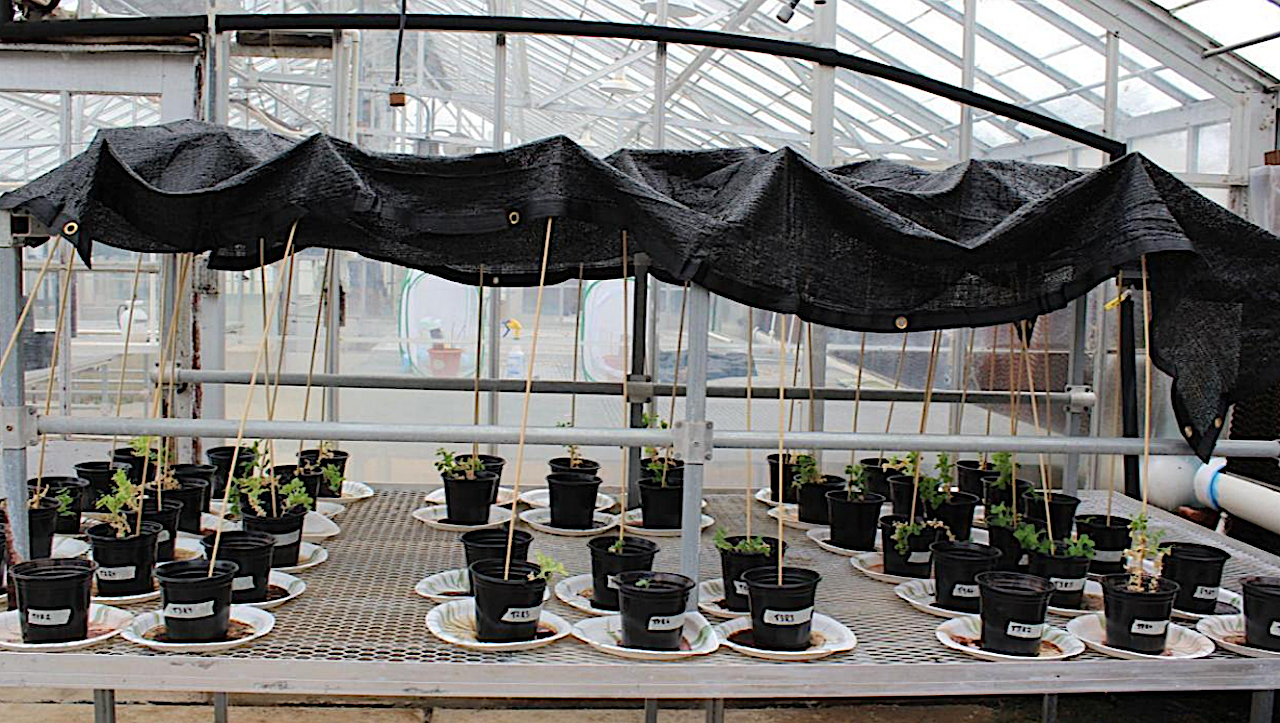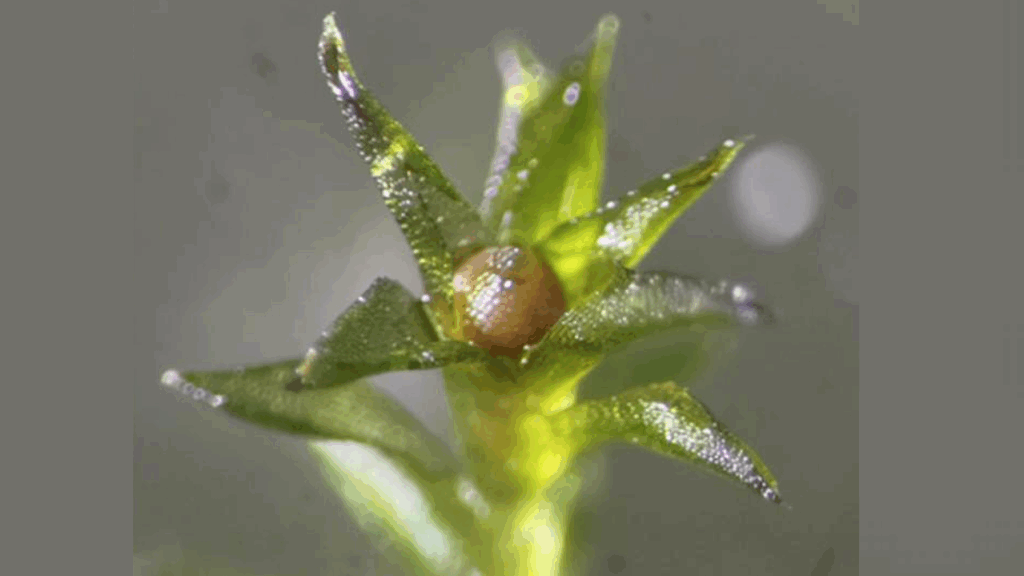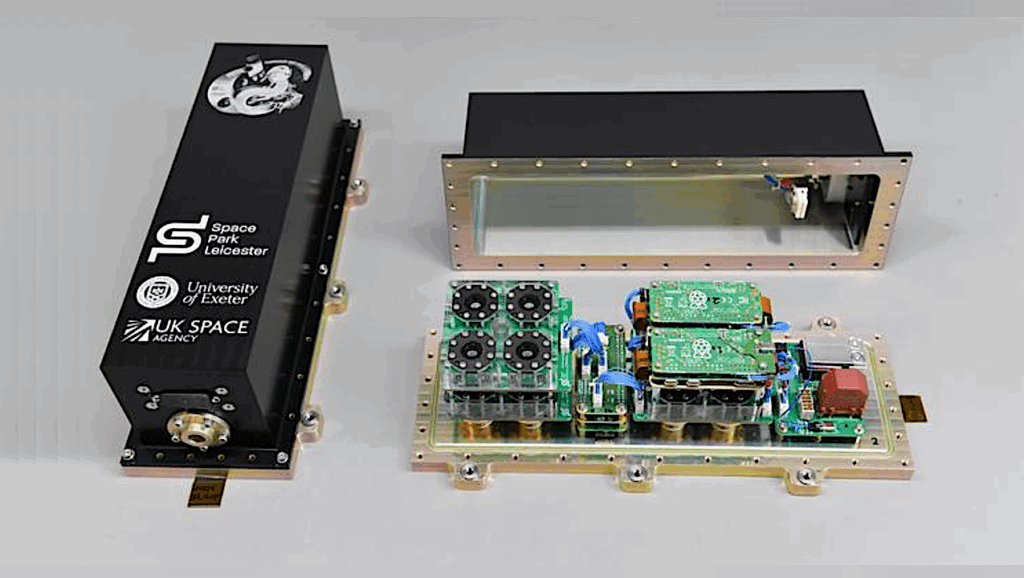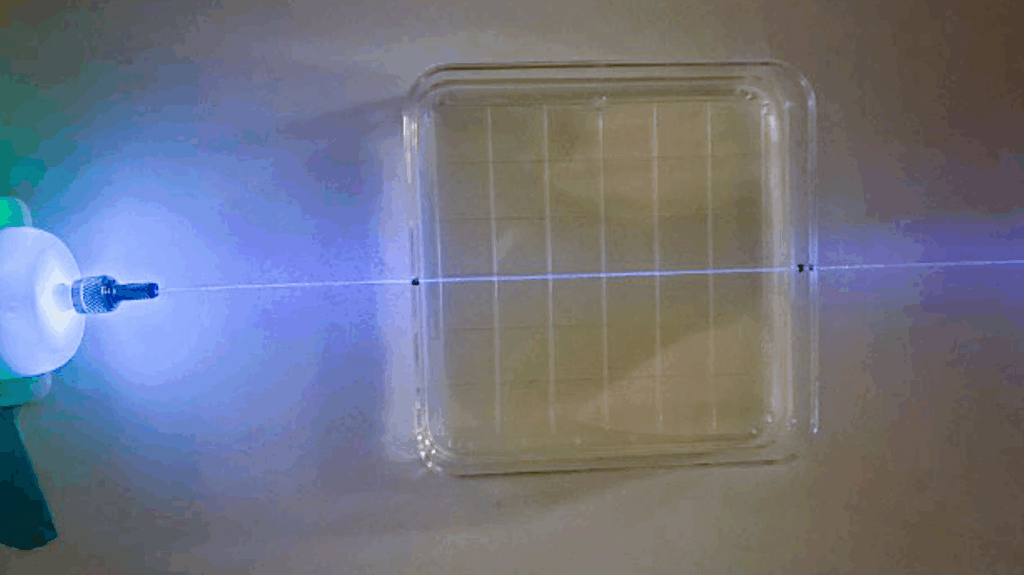Peas on Mars: A Study Of Garden Pea, Lathyrus Oleraceus (Pisum sativum), Growth In Martian Regolith Simulant Treated With Black Soldier Fly Frass

Future long-duration missions to Mars will require in situ food production systems to reduce dependence on resupply missions and enhance crew autonomy.
This study evaluated the growth performance of peas, Pisum sativum, cultivated in Martian regolith simulant (MMS-1) ameliorated with black soldier fly, Hermetia illucens, (BSF) frass at inclusion levels of 0, 10, 25, and 50% by volume. Pea plant fitness was then assessed over the course of two, 8-week greenhouse trials by measuring germination rate, plant height, leaf chlorophyll content, and final dry biomass.
These were compared against peas grown in a control substrate consisting of commercially available gardening soil treated with the same frass-inclusion percentages (0, 10, 25, or 50% by volume). Germination and height responses were statistically similar between regolith and soil, suggesting that properly amended regolith may be able to sustain in situ crop growth on Mars.
Notably, peas grown in regolith simulant + frass exhibited slightly higher chlorophyll content than the controls, while biomass productivity was lower than commercial potting mix + frass when comparing across the same frass-inclusion percentage. These findings represent the first experimental evidence that BSF frass can enhance crop cultivation in a Martian soil analog, highlighting its potential role in bioregenerative life support systems and in-situ resource utilization (ISRU) strategies.
In addition, fitting quadratic regression models to the data indicated an optimal frass inclusion between approximately 5–32% (depending on which metric was to be maximized), beyond which fitness declined. Beyond space applications, these findings build on prior studies by further supporting the value of insect-derived amendments for improving nutrient-poor or degraded soils.
Astrobiology,








